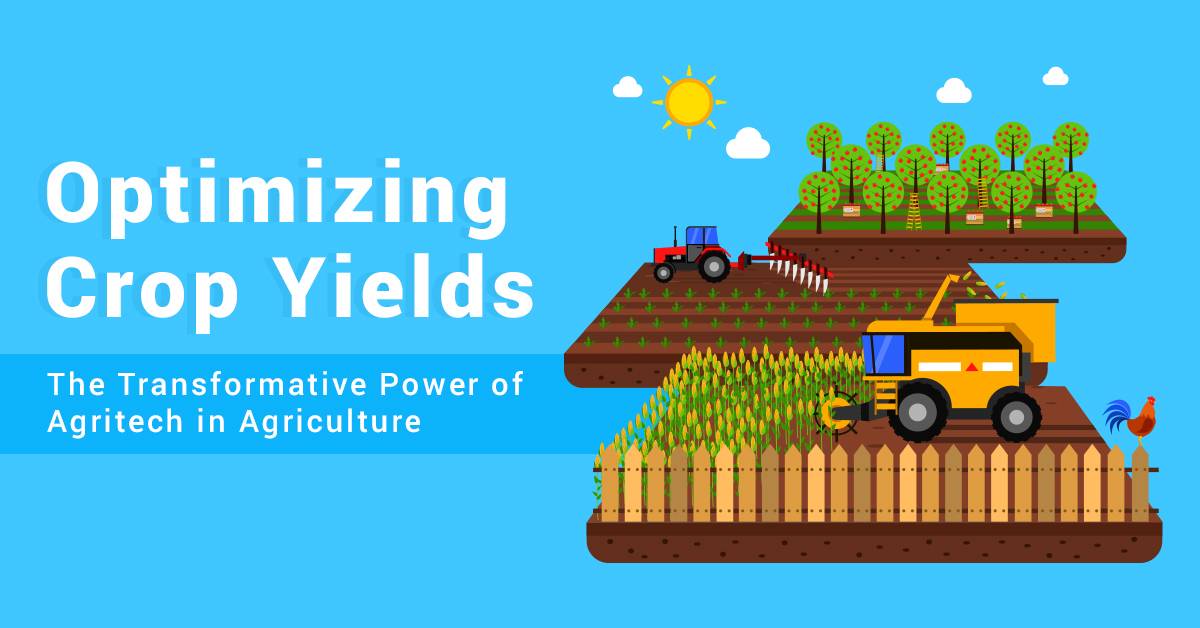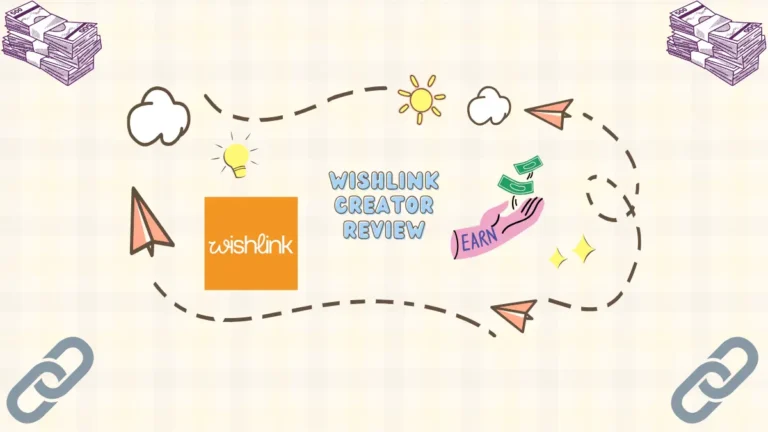Since the beginning of time, agriculture has been essential to human progress and survival, supplying us with the food we need to build stable communities and advance as a species. However, the demand to maximize agricultural yields and improve seed performance has never been stronger due to the world’s expanding population and the accompanying strain on the planet’s scarce resources.
Thankfully, the development of agritech and other technological advancements are giving farmers access to innovative methods for raising crop yields and maximizing the potential of their seeds. A variety of agritech tools, including sensors, drones, predictive intelligence, and soil analysis, are improving crop production.
This article will discuss how advances in agricultural technology are improving seed viability and assisting Indian farmers in maximizing crop yields. Our discussion will delve into cutting-edge agricultural practices and their effects on seeds.
Come explore with us the promising field of agritech and its potential to alter the course of farming in the future.
How does Big Data improves seed performance?
Big data has changed the seed industry by letting companies make seeds that are specifically designed to meet the needs of farmers and the environment. With the help of IoT-enabled sensors and drones, seeed companies can monitor the health of plants and get data from different sites in real-time. This real-time data collection and analysis gives them important information about the weather, the amount of water in the soil, when to fertilize, the quality of the seeds, and much more.
This information is then sent to cloud computing hubs for analysis. There, it can be processed and analyzed to find trends, patterns, and correlations. This information is used to make forecasting models that are more accurate and to make decisions about seed production that are based on facts.
With the ability to check on the health of plants in real-time, companies that make seeds can react quickly to changes in the environment and make changes to their processes to match.
Big data helps seeds manufacturers to not only improve the quality of their seeds but also better understand what farmers want. By looking at data about how farmers act, what they like, and what they need, companies that make seeds can make better marketing plans, reach more farmers, and build stronger relationships with them. In turn, this helps seed companies grow their market share and makes the industry as a whole stronger.
Big data is a powerful tool in the seed production industry. It lets companies make seeds that are specifically designed to meet the needs of farmers and the environment. With the help of real-time data collection and analysis, like monitoring plant health, seed manufacturers can improve the quality of their seeds, reach more farmers, and make the industry as a whole more successful.
Smart farming practices
Seed companies also work with farmers to collect data in order to improve the quality of the seeds. Digital monitors on fertilizer spreaders, harvesters, and planters collect data from the field in real time. This information is then put on maps to show tillage practices, past yield history, plant population, and soil types.
Prescriptive analytics brings all of these data together to tell farmers how to use fertilizers, insecticides, and pesticides most effectively.
Satellite-referenced data and real-time images taken during the growing season play a big role in providing inputs for seed development that are useful for precision farming. Farmers get reliable weather alerts and information that they can use to make the best use of water.
AI and ML ease the job of seed selection
AI-based seed phenotyping can classify a seed’s most important traits in just a few minutes. ML algorithms and models can look at the phenotypic traits of seeds and make predictions about seed health and yield. Images can be used to figure out their shape, size, texture, and color, and classifications can be used to find their unique signatures. Compared to manual inspection, AI/ML automation can offer a more efficient way to sort seeds, with reports that can be accessed in real-time.
By putting growth parameters into AI/ML-based systems, companies that make seeds have access to accurate tracking and prediction tools. This makes it faster for new hybrid varieties to reach the market. Seed varieties with digital footprints make it possible to choose seeds with good traits and can be tracked from the seed to the store shelf.
Use of sensors and drones
Sensors are used to measure soil moisture, nutrient levels, temperature, and other things about the environment. This information is then used to find the best seeds, ways to plant them, and ways to water them. By knowing what each type of seed needs, farmers can make sure that their crops get everything they need to grow well.
On the other hand, drones are used to look at crops from above and get information about their health. Using multispectral and thermal cameras, drones can find changes in the health of plants, find diseases and pests, and watch how crops grow and develop. This lets farmers deal with problems quickly and decide when to harvest their crops based on good information.
Soil analysis
Soil analysis involves taking samples of the soil, which are then tested in a lab for things like pH level, amount of nutrients, and amount of organic matter. Then, this information can be used to make suggestions about what kind and how much fertilizer to use, as well as when to plant, water, and harvest.
Agritech companies are coming up with new ways to analyze soil, like portable sensors that can be used in the field to get information about soil conditions in real-time. Farmers can get instant feedback on the health of their soil from these sensors, which can measure things like soil moisture, temperature, and nutrient levels.
Conclusion
Now that we have seen how agritech is improving seed performance, we have a clear picture of the revolutionary potential of technology in agriculture in India. Agritech, which includes sensors, drones, predictive intelligence, and soil analysis, is changing the way crops are cultivated for the better.
Improved crop health and yield predictions were previously unavailable to Indian farmers, but now they may be obtained through the use of sophisticated data analytics and artificial intelligence. Farmers of India may increase their profits and decrease their negative effects on the environment by using this knowledge to fine-tune their seed choices, planting methods, and harvesting approaches.
An online agriculture marketplace for farmers can also play a significant role in enhancing the benefits of agritech in India. By giving farmers a place to meet buyers and find out about market trends and prices, online agriculture marketplaces such as BadiKheti can help to improve seed selection and cultivation, which can lead to higher yields and more money. Also, it can give seed companies a place to show farmers their products and services, making it easier for new seed to spread quickly.
Agritech is a paradigm shift, not just an improvement in technology, in our understanding of agriculture. Farmers can collect more data and make better decisions with the help of agritech, leading to more efficient and sustainable farming methods in India. Agriculture has a promising future, and we can all look forward to a world in which food is grown with greater sustainability, efficiency, and plenty.



